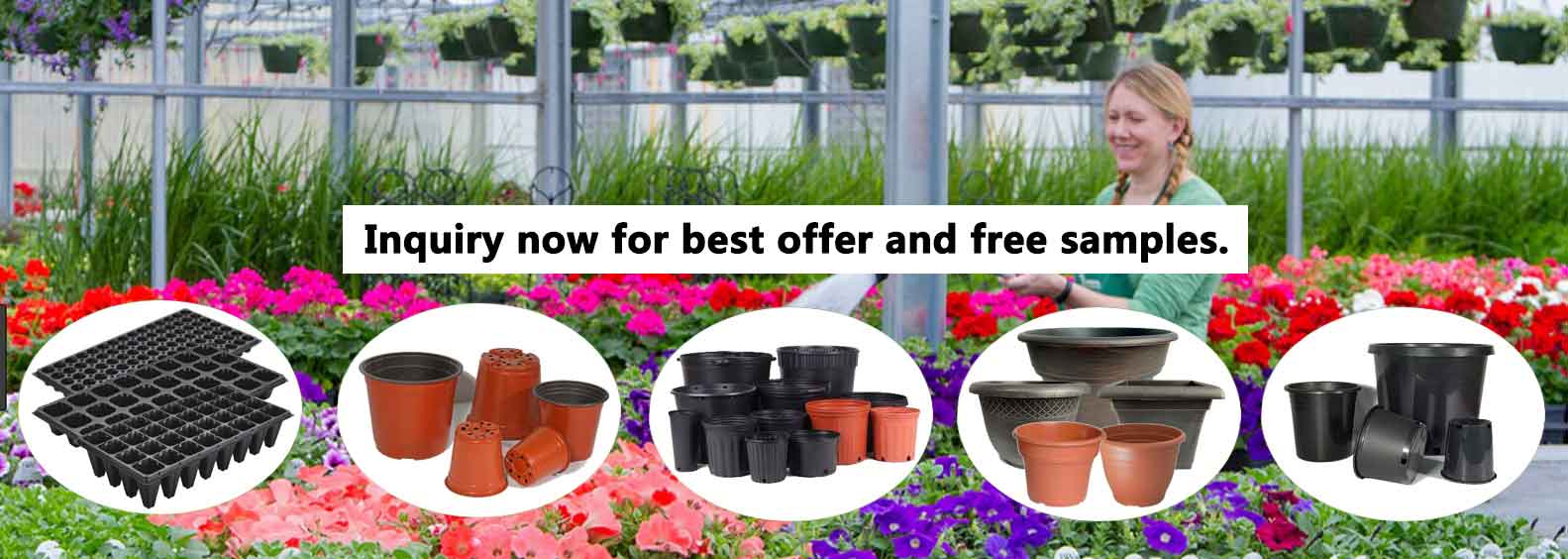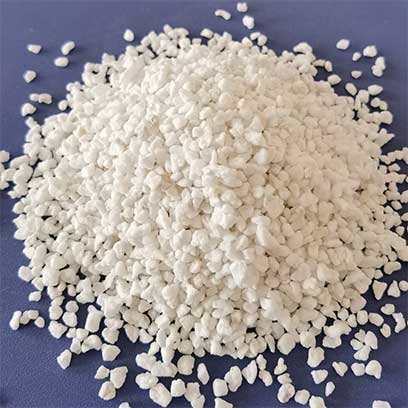Perlite Canada - Wilson Garden
Perlite wholesale Canada
Perlite Wholesale Price Canada, MOQ: 1 Ton, Free Samples, Fast Delivery! We are a professional expanded perlite supplier with more than 20 years of manufacturing experience. We have a 35,000m² workshop area, serving customers worldwide.
We can ship perlite to Canada, such as British Columbia, Alberta, Saskatchewan, Manitoba, Ontario, Quebec, New Brunswick, Nova Scotia etc. We also can ship perlite to major cities in Canada, such as Vancouver, Calgary, Edmonton, Winnipeg, Ottawa, Montreal, Quebec, Toronto, Hamilton, Halifax etc.
Sizes of bulk perlite Canada
Our expanded perlite size: 1-3mm, 3-6mm, 4-8mm, 5-10mm, 8-15mm, 10-20mm. Perlite material is usually divided into fine perlite and coarse perlite according to the size of individual particles.
Chemical composition of perlite in Canada
SiO2 Content (%): 70-75%
Fe2O3 Content (%): 0.15-1.5%
Al2O3 Content (%): 12-16%
MgO Content (%): 0.2-0.5%
CaO Content (%): 0.1-2.0%
K2O Content (%): 1.0-4.0%
Na2O Content (%): 2.5-5.0%
Loss On Ignition: <1.0%
Expanded Or Not: Expanded
Perlite Supply Color: White
Perlite H.S code: 6806200000
Best Perlite Origin: China.
Perlite suppliers Canada
We supply premium perlite with good quality and competitive prices. The more you buy, the less the cost. You can use our perlite medium for horticulture, agriculture and construction at a cheap price.
If you are buying perlite in bulk, such as agriculture perlite, horticultural perlite, construction perlite, please contact vincentwilsongarden@gmail.com for free samples and best offer, buy more save more!
Where is perlite found?
Perlite is a naturally occurring volcanic glass. It is typically mined from areas with rhyolitic or ignimbrite deposits in some regions. For example, Australia, Mexico, the United States and China. The perlite ore is heated until it expands and becomes lightweight. This makes it an ideal material for a variety of applications. For example, insulation, growing mediums and filter media.
You don't have to worry about any environmental damage when mining or using perlite. It is non-toxic. You can buy perlite material with confidence. Perlite is also abundant and it is an incredibly cost-effective resource which is easy to find and extract. It's much less expensive than many other materials used in construction and insulation.
Are perlite and vermiculite the same?
Perlite and vermiculite look similar. But they have different characteristics and uses. Vermiculite is yellow-brown in color and composed of hydrated laminar minerals. You can use it for insulation, soil aeration and as a carrier for fertilizer and pesticides. Perlite is a white, lightweight volcanic glass. You can use it for soil aeration, drainage control and water retention.
Is coarse perlite better?
Perlite is a lightweight, volcanic glass-like material created through the heating of obsidian. Its unique properties are ideal for landscaping, gardening and horticulture.
Coarse perlite is large chunks of volcanic glass that have been processed and crushed into smaller pieces. You can use it for everything from aeration in soil mixes to providing drainage in garden beds and containers.
The larger pieces also act as organic mulch. This can help with moisture retention and weed control. Coarse perlite is particularly great for xeriscaping, or landscaping that doesn’t require much water. It absorbs and holds moisture. This reduces the need to water gardens regularly.
You can also use perlite as an amendment in vegetable gardens and flower beds. It can improve soil structure and drainage. Coarse perlite helps in reducing the compaction of soil, which can cause poor drainage. The particles of perlite will increase the porosity and water-holding capacity as well. This reduces the need for frequent watering.
You can use coarse perlite to make a great amendment for garden beds and containers. You can also use it in potting mixes and seed starting mixes. Perlite is an inorganic material. So it does not contain any plant nutrients or beneficial microbes that can break down complex materials and make them available to plants.
You can create an airy and well-drained growing medium by mixing perlite with organic soil or compost. Doing so will add some essential plant nutrients and beneficial organisms. These can help your plants thrive. You can also use it as a top dressing in container gardens to retain moisture and slow evaporation.
What are the cons of perlite?
The most common disadvantage of perlite is its susceptibility to erosion. The perlite particles begin to disintegrate into smaller pieces over time when exposed to water or moisture. This can prevent it from functioning properly. Lead to clogged filters and inefficient insulation if not addressed quickly enough.
Another con of perlite is its tendency to float when used in hydroponic systems or fish tanks. Perlite is lightweight and porous. It can easily be carried away by water currents. End up clogging filters or disrupting other components in the system. You can avoid this problem by anchoring the particles with a mesh screen or other device to keep them in place.
Finally, perlite dust poses a potential health risk due to its fine particle size and inhalability when disturbed. During installation or maintenance of products made with perlite particles, people should take appropriate safety precautions. For example, wearing respiratory masks. Because mixing or pouring it into a container may produce small air particles.
When used correctly and safely within hydroponics systems, insulation projects and filtration setups, perlite can provide an inexpensive solution with relatively little hassle compared to other materials. In addition to being lightweight and cost-effective, its inert nature also makes perlite safe for most aquatic environments. For example, fish tanks without introducing any toxins into the water supply.
Improve your greenhouse and planting setup:
Seedling Trays Canada
Microgreen Trays Canada
Nursery Pots Canada
Fabric Grow Bags Canada
Landscape Fabric Canada



